Find the first missing value
I would use the ROW_NUMBER window function to assign the "correct" sequence ID number. Assuming that the sequence ID restarts every time the employee ID changes:
SELECT
e.id,
e.name,
e.employee_number,
e.relation,
e.familyid,
ROW_NUMBER() OVER(PARTITION BY e.employeeid ORDER BY familyid) - 1 AS sequenceid
FROM employee_members e
Then, I would filter the result set to only include the rows with mismatching sequence IDs:
SELECT *
FROM (
SELECT
e.id,
e.name,
e.employee_number,
e.relation,
e.familyid,
ROW_NUMBER() OVER(PARTITION BY e.employeeid ORDER BY familyid) - 1 AS sequenceid
FROM employee_members e
) a
WHERE a.familyid <> a.sequenceid
Then again, you should easily group by employee_number and find the first missing sequence ID for each employee:
SELECT
a.employee_number,
MIN(a.sequence_id) AS first_missing
FROM (
SELECT
e.id,
e.name,
e.employee_number,
e.relation,
e.familyid,
ROW_NUMBER() OVER(PARTITION BY e.employeeid ORDER BY familyid) - 1 AS sequenceid
FROM employee_members e
) a
WHERE a.familyid <> a.sequenceid
GROUP BY a.employee_number
Finding all the missing values
Extending the previous query, we can detect a missing value every time the difference between familyid and sequenceid changes:
-- Warning: this is totally untested :-/
SELECT
b.employee_number,
MIN(b.sequence_id) AS missing
FROM (
SELECT
a.*,
a.familyid - a.sequenceid AS displacement
SELECT
e.*,
ROW_NUMBER() OVER(PARTITION BY e.employeeid ORDER BY familyid) - 1 AS sequenceid
FROM employee_members e
) a
) b
WHERE b.displacement <> 0
GROUP BY
b.employee_number,
b.displacement
